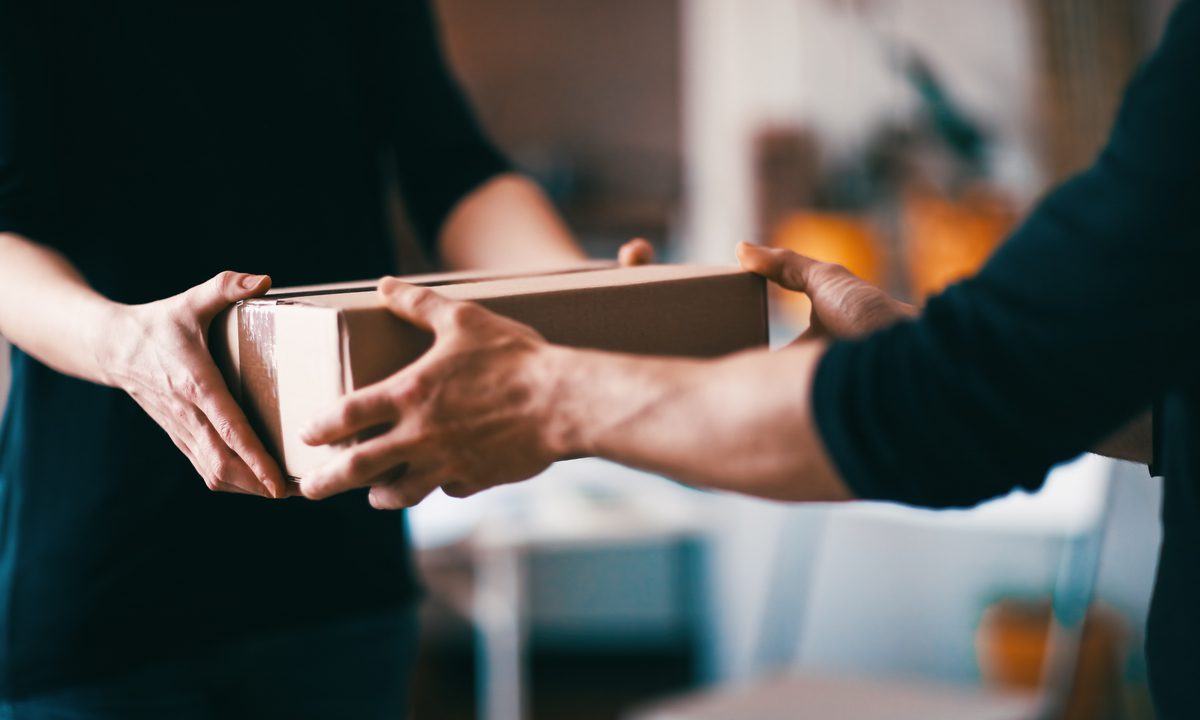Commerce Delivery No Sure Bet for Uber, and Platforms, Eyeing Amazon

At first glance, online platforms are built to be extended. Adding a range of services and products, adjacent to one another, but also connected, matches supply and demand across a continuum of activities.
Thus, for the Ubers and the Airbnbs and the Lyfts and whole host of others, core businesses wind up, over time, being parts of an ecosystem that (in pure aspirational form) become super apps.
But of course, by adding new functionalities behind their digital front doors, these platform operators become keen competitors to some entrenched firms with very deep pockets.
Like Amazon, for example.
As reported this week by Bloomberg, Uber, which has been pushing into the logistics space since about 2009, has set its sights on, in the words of CEO Dara Khosrowshahi, trying to “out-Amazon” Amazon itself.
The Uber executive made the comments at a Las Vegas conference on Tuesday (March 29). Uber’s own logistics offerings and its desire to move firmly into moving goods as part of local commerce, he said, would be “essentially a local Shopify — we can help you power your local online commerce and the Uber platform and the Uber audience is undeniable in the world.”
Uber, of course, has through the past few years grown its platform horizontally, well beyond its initial focus on ride-hailing. These days, as detailed in its latest earnings report, delivery and freight continued to gain traction, helping boost overall top line by 83% year on year.
Drilling down into the delivery segment, revenues were up 77%, to $2.4 billion, and gross bookings surged 33% to $13.4 billion. Uber Freight revenues were $1 billion, up 245% over last year, though the latest reading showed the impact of the Transplace acquisition. The segment is at a quarterly run rate of $1 billion, management said.
Read also: Uber Delivery Gross Bookings Surge 33% YoY As Ordering Online is ‘Ingrained Habit
Grand Commerce Ambitions
For Uber, the ambition, as relayed by the CEO, is to see the delivery operations outpace and overshadow the rides business (in terms of revenue). But Khosrowshahi also noted that a move into retail will be one that will be awash in red ink, at least for a while. As he said at the Tuesday conference, “we’re not looking to make money here,” adding that “the growth and the incremental profitability from mobility and our Eats business are more than enough to pay for the investments that we’re making in retail.” Elsewhere, as detailed recently, Uber also said this week that it partnership with bp to have 3,000 of the latter’s convenience stores available on Uber Eats around the world by 2025.
Gotta spend money to make money, as they say. But we contend that the delivery sector is no layup, and note that Uber continues to lose money on a consolidated basis, having lost $774 million in adjusted EBITDA (a rough cash flow measure) for 2021 (though was slightly positive in the fourth quarter).
Against that backdrop, we can see some of the challenges inherent in the ultrafast delivery sector, illustrated by the recent news that smaller players like Buyk have filed for Chapter 11, while Instacart has slashed its own valuation by about 40%. Instacart has been introducing micro-fulfillment warehouses for instant delivery, along with advertising technology and data analytics.
Read here: Changing Market Prompts Instacart to Cut Valuation From $39B to $24B
But here’s the catch: Amazon has scale and breadth that dominates eCommerce, and has logistics built in. Shopify has a range of other services on offer such as helping build online stores. The platform firms such as Uber may realize the value inherent in building adjacencies to its core revenue streams, but the battle will be long … and costly.
